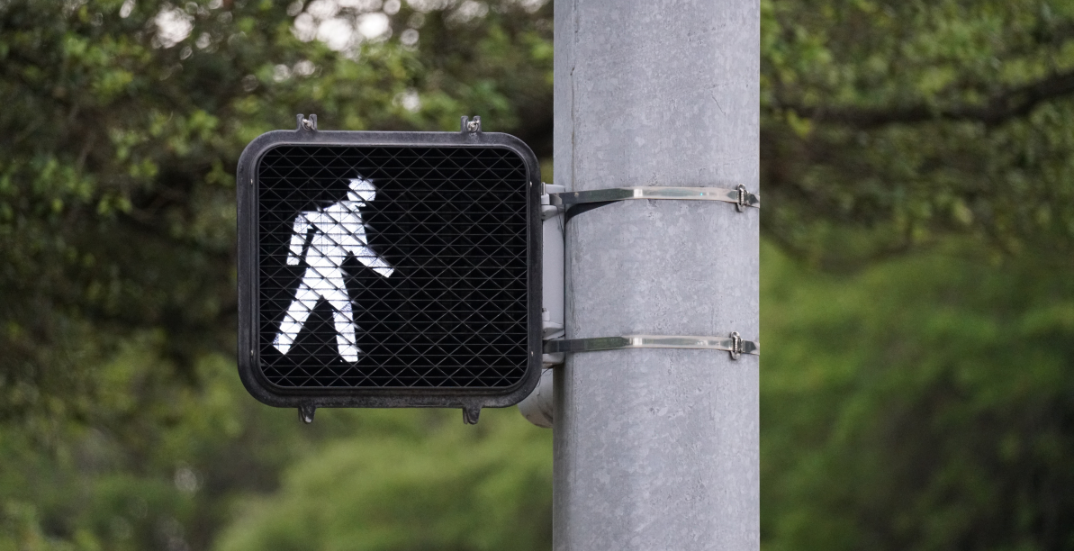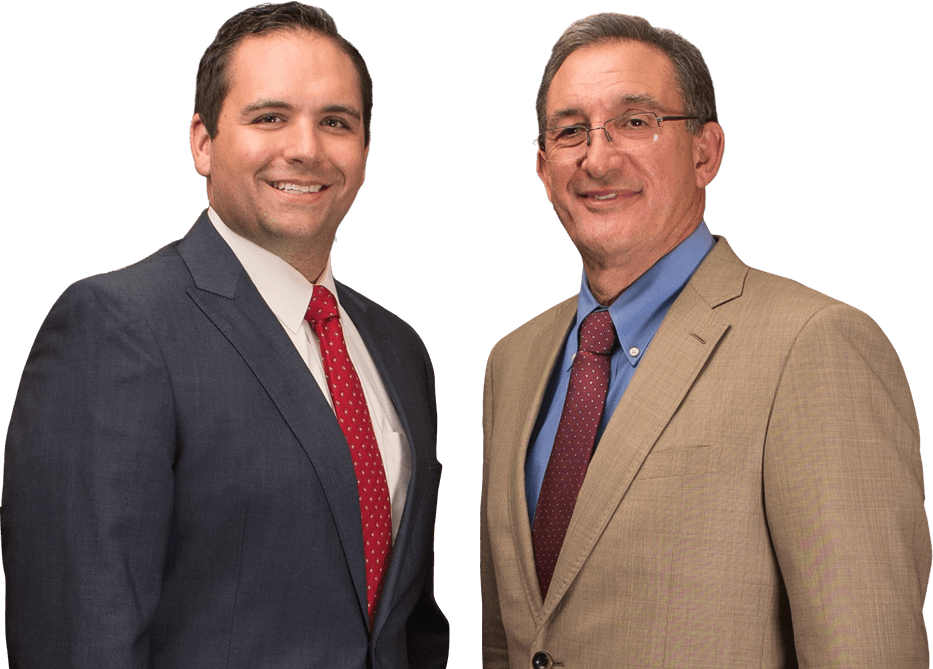
Crosswalks exist to protect pedestrians and guide drivers, ensuring safer roads in West Virginia. Pedestrians have significant rights, and it’s essential for drivers to know the state’s crosswalk laws to prevent accidents and avoid legal trouble. Whether you’re walking or driving, understanding West Virginia’s crosswalk laws will help keep everyone safe on the road.
In this blog post, we’ll break down the rules and responsibilities for both pedestrians and drivers to give you a clearer picture of how West Virginia crosswalk laws work.
In West Virginia, the concept of “right-of-way” refers to the legal authority to cross a road or intersection. When someone has the right-of-way, other road users must yield to them.
Most of the time, pedestrians have the right-of-way at marked crosswalks. If a pedestrian is crossing or about to cross a street and is on your side of the road, you must come to a complete stop and allow them to cross safely before you proceed. West Virginia law makes it clear: no driver may pass another vehicle that has stopped for a pedestrian at a crosswalk. This rule helps prevent accidents where a pedestrian may be hidden from view by a stopped vehicle.
Drivers have a legal obligation to yield to pedestrians. If you’re approaching a crosswalk, especially in busy areas, it’s crucial to slow down and be prepared to stop. Failing to yield can lead to serious accidents, and you could face significant legal penalties if you break this law.
At crosswalks with traffic control signals, both drivers and pedestrians must obey the lights. If a “Walk” sign is displayed, pedestrians have the right to cross, and drivers must stop. However, if a “Don’t Walk” signal or flashing hand is shown, pedestrians should wait. Drivers must also respect any pedestrian crossings indicated by signs.

Not all intersections have clearly marked crosswalks, but that doesn’t mean pedestrians lose their right-of-way. In West Virginia, pedestrians still have the right-of-way at unmarked intersections, particularly in four-way stops.
Even if there aren’t painted lines indicating a crosswalk, intersections are assumed to have a crosswalk. Drivers approaching these areas should be cautious and ready to stop if a pedestrian is crossing. Pedestrians, however, need to exercise caution and shouldn’t step into the road if a vehicle is approaching too quickly to stop safely.
It’s essential for drivers to treat unmarked intersections just like any other pedestrian crossing. If a pedestrian is crossing, drivers must yield and stop. Failing to do so could result in an accident, leading to severe legal consequences.
While pedestrians often have the right-of-way, they cannot walk into the road if it’s unsafe. If a vehicle is coming too fast, pedestrians must wait until it’s safe to cross. It’s important for both drivers and pedestrians to be aware of their surroundings to avoid dangerous situations.
Although drivers carry the greater burden of responsibility on the road, pedestrians also have important responsibilities. By following these rules, pedestrians can help reduce the risk of accidents.
According to West Virginia Code Section 17C-10-3, if a pedestrian is crossing at a place other than a marked crosswalk or an unmarked crosswalk at an intersection, they must yield the right-of-way to oncoming vehicles. This means that pedestrians should only cross at designated crosswalks when possible.
Pedestrians are prohibited from crossing between two adjacent intersections unless there is a marked crosswalk. Jaywalking is not only dangerous but could lead to the pedestrian being held responsible for any accidents that occur as a result.
If a pedestrian ignores these rules or crosses unsafely, they may be found partially or fully at fault for any accident that occurs. Pedestrians must stay alert and avoid reckless behavior, like crossing roads while distracted or disobeying traffic signals.
West Virginia follows a tort-based car insurance system. This means that after an accident, the person who is found to be at fault is financially responsible for covering any damages. Pedestrian accidents are no exception.
If a driver is responsible for hitting a pedestrian—for example, by running a red light, speeding, or driving while distracted—their insurance company will typically pay for the pedestrian’s medical expenses, lost wages, and other damages.
However, if the pedestrian is found to be partly at fault—for instance, crossing the road without checking for oncoming traffic—this can reduce their compensation.
West Virginia’s comparative negligence law allows accident victims to recover compensation as long as they are less than 50% responsible for the accident.
The amount they receive will be reduced by their percentage of fault.

Let’s say a pedestrian is found to be 20% responsible for an accident because they were using their phone while crossing the street. If their total damages amount to $100,000, they would only be entitled to $80,000 (80% of the total amount).
Both pedestrians and drivers need to take the right steps after an accident to ensure their safety and protect their legal rights.
If you’ve been involved in a pedestrian accident, here’s a quick guide to filing a claim:
You’ll need evidence like photos, witness testimonies, and police reports to prove the other party was at fault.
The insurance company of the at-fault driver (or pedestrian, in some cases) will handle the claim. Be prepared to negotiate with them, and don’t accept the first offer without consulting a lawyer.
If you or a loved one has been involved in a pedestrian accident, it’s crucial to seek legal help. A pedestrian accident lawyer will ensure your rights are protected and that you receive the compensation you deserve.
Understanding and following West Virginia’s crosswalk laws can prevent accidents and save lives. Whether you’re a driver or a pedestrian, knowing your rights and responsibilities is essential to ensuring road safety.
If you’ve been involved in a pedestrian accident or need legal advice, Manchin Injury Law Group is here to help. Contact us today for a free consultation, and let us protect your rights.

Member at Manchin Injury Law Group
Attorney at Personal Injury

Attorney Timothy Manchin established the Manchin Injury Law Group in 2011 after his law partner of more than 25 years became a West Virginia circuit court judge. His focus is on helping individual clients and entire families victimized by negligent acts.
We offer a free initial consultation at our office in the Manchin Professional Building — our home since 1983 — conveniently located in Fairmont.
If you are unable to visit our firm, we can come to your home or hospital room.
Fill out the form below to get in touch!